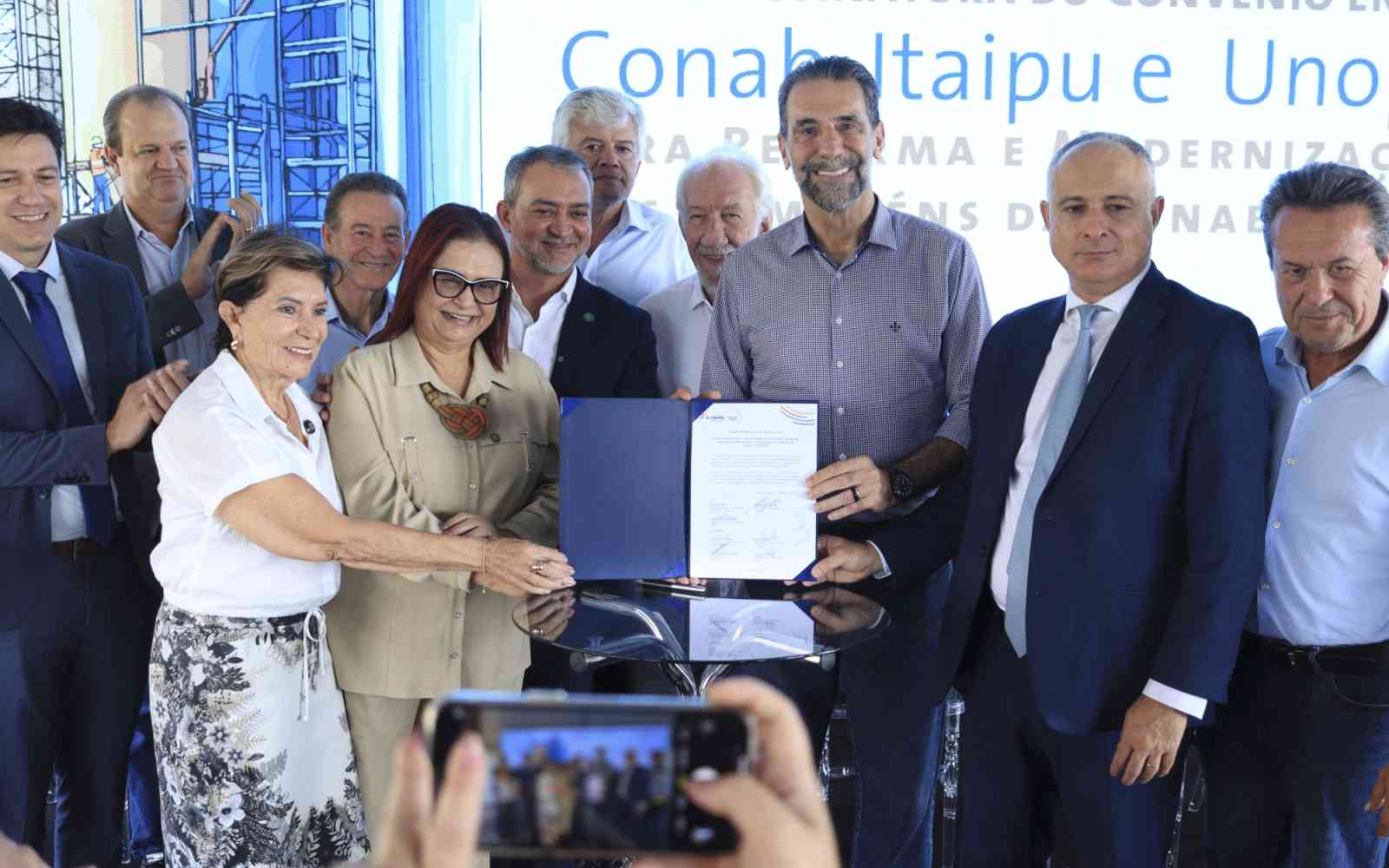The United Nations Office for Project Services (UNOPS)

How to build a humane prison
Prison infrastructure often hinders the dignified treatment of prisoners. But it doesn’t have to.
Prison infrastructure can either support or hinder the dignified treatment of prisoners – too often, it is a hindrance. Frequently, prison infrastructure is not in line with the actual risk posed by prisoners. Imposing disproportionate security measures causes costs to increase and prisoners' quality of life to decrease.
In addition, prisons often mix multiple categories of prisoners in one facility. This makes it difficult to ensure the required separation and safety of various prisoner groups. Designing facilities that provide complete separation of male and female prisoners, for instance, is a fundamental consideration during prison planning.
Prison locations can also compromise prisoners' health and rehabilitation. When facilities are located in remote or unsuitable areas, prisoners are often cut off from their families and community resources that could assist in their rehabilitation. This increases a sense of physical and emotional isolation, and increases the risk of them reoffending.
Numerous other issues prevent prisoners from being treated in line with human rights' expectations, including: Constructing facilities without considering the prisoners living there; overlooking the needs of vulnerable and special needs prisoners; denying prison staff the flexibility to manage prison populations due to the use of single-sized cells. At the most fundamental level, a lack of hygiene facilities and drinking water in cells may result in a violation of basic human rights.
To avoid these and other mistakes, it is crucial that the initial design and planning applies certain basic principles.
Physical requirements of prisons entail more than cell dimensions
A prison is neither functional nor humane if it merely provides sufficient space and essential services. Though the size of cells may be in line with international standards, prisoners must also be allowed to spend most of their waking hours outdoors or in day rooms.
If the operation of the prison does not define the design, the design will define the operation of the prison.
Prisons should have the physical infrastructure to promote a safe environment that supports the rehabilitation of prisoners. This includes providing them with access to work, education, family visits, and other activities and programmes to advance rehabilitation.
Designers should also consider the management and functioning of the prison as early as possible in the planning process. If the operation of the prison does not define the design, the design will define the operation of the prison. Without sufficient attention to the security processes required to manage a prison, staff will seek to maintain order within the limitations of existing infrastructure. This may result in human rights violations.
Good security can increase prisoner freedom
The design should allow for the safe and effective management of prisoner movement. A prison that is controlled, safe and secure can allow prisoners to have more freedom.
For example, prisoners can have free access to open space within a secure cellblock yard. If there are questions about the ability to secure this area, staff may prevent prisoners from moving outside their locked cells.
If staff cannot easily manage prisoner movement between spaces, they may control prisoners by confining them to spaces. Creating a physical environment where prisoner movement is effectively controlled allows prisoners to spend more time engaged in rehabilitative activities outside of their cells during the day.
Planned facilities should be fit for purpose

The construction and rehabilitation of facilities should consider basic prison requirements, such as the number and category of prisoners to be housed; the availability of supplies and services; the number of staff necessary for operation; the method and frequency of prisoner transfer; and the number of visitors. This information is essential for planning the physical capacity of the prison.
It is fundamental to consider the physical, visual and auditory separation of different categories of prisoners – men and women, pre-trial and convicted, general population and vulnerable prisoners –when planning prison infrastructure.
Failure to consider this puts the safety of vulnerable prisoners at risk and makes it difficult for staff to manage a prison. It is also imperative to ensure that each category of prisoner has equal access to all available resources and services.
Gordon Nuttall and Pedja Jurisic
Gordon Nuttall is the Head of Standards at UNOPS. An architect with more than 30 years’ experience in multi-disciplinary consultancy, he has extensive experience in post-conflict and post-disaster settings.
Pedja Jurisic is the Design Review Coordinator at UNOPS and coordinated the development of the technical guidance document.













